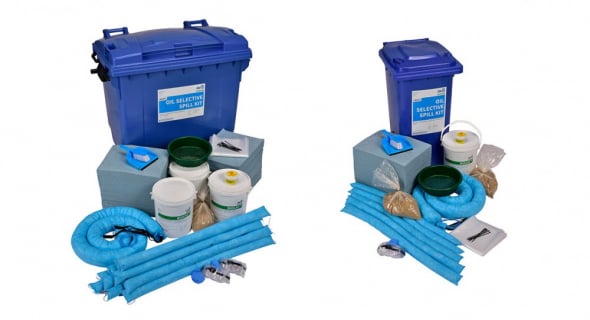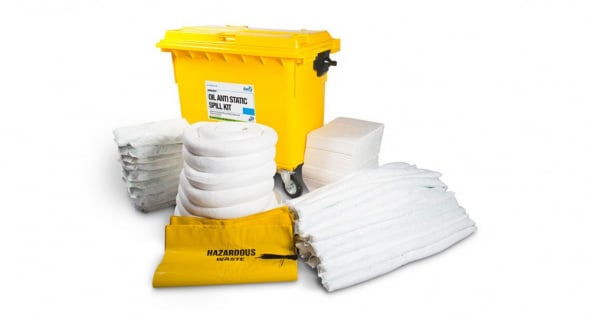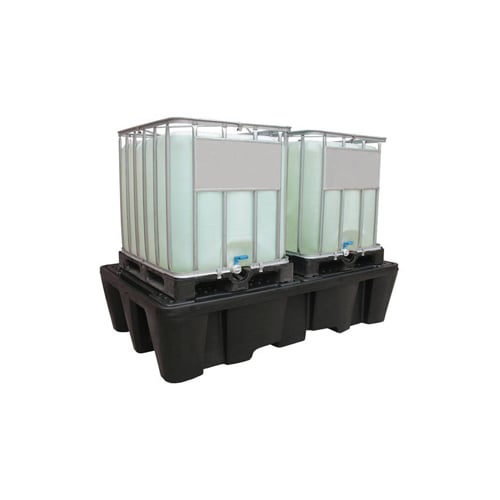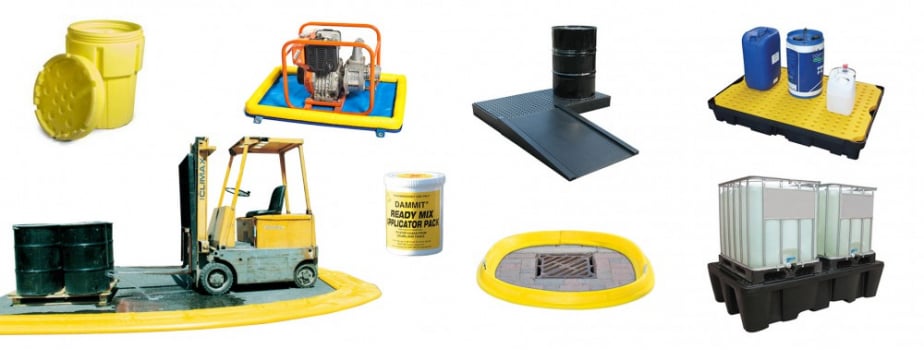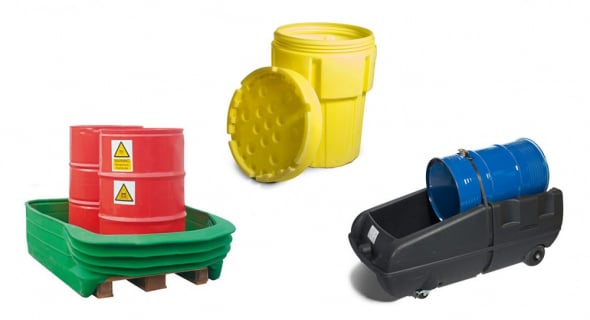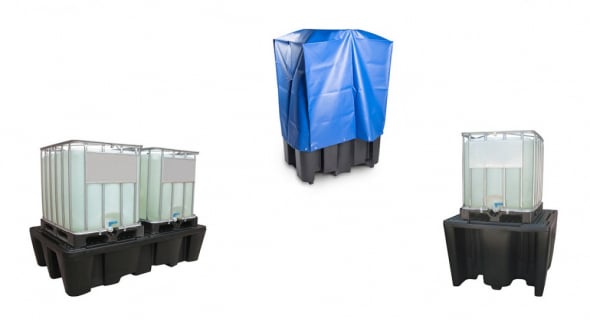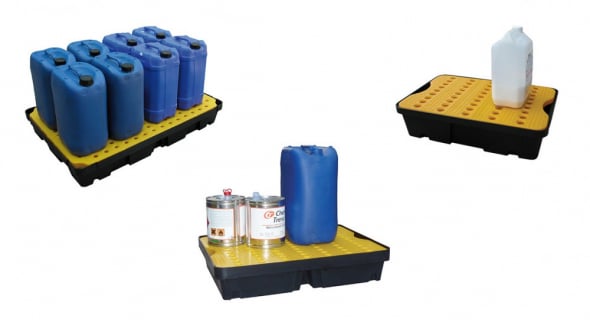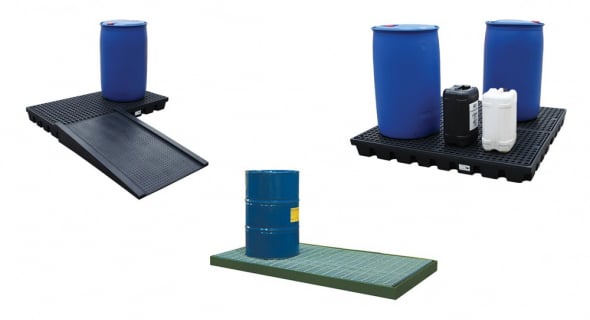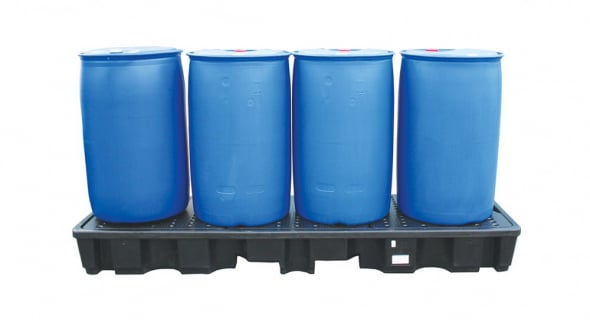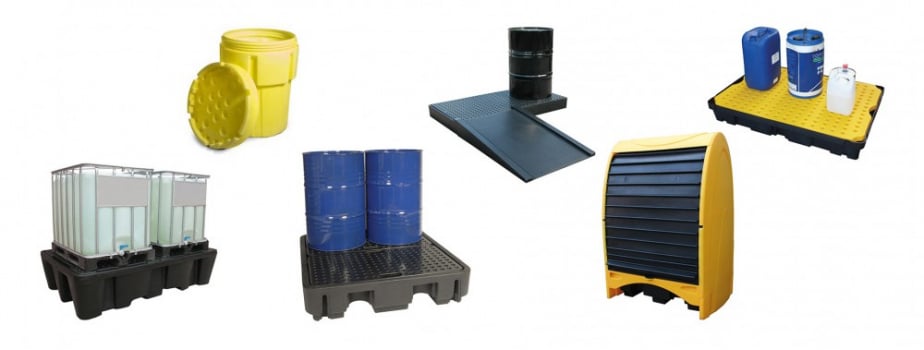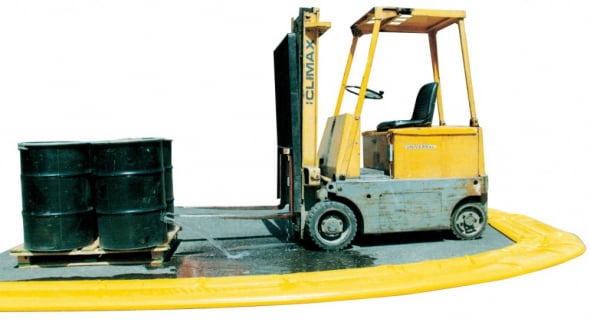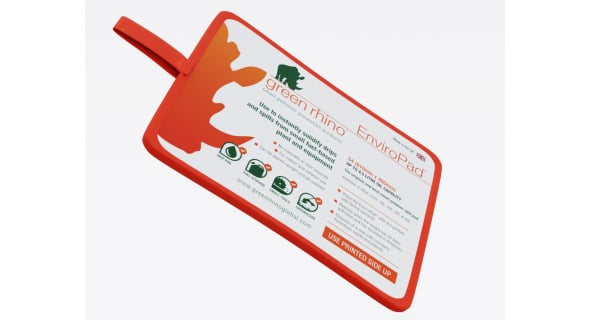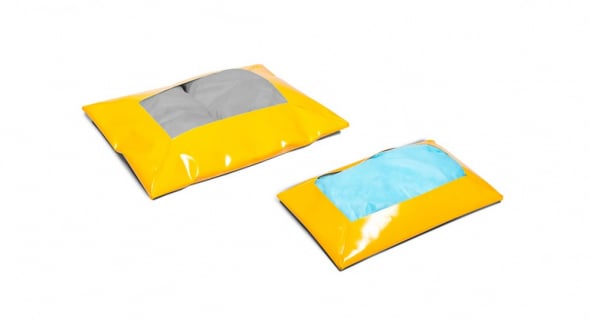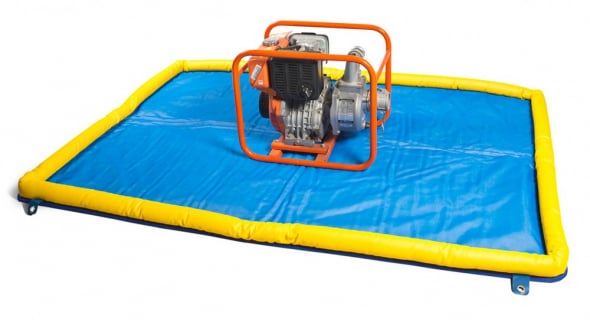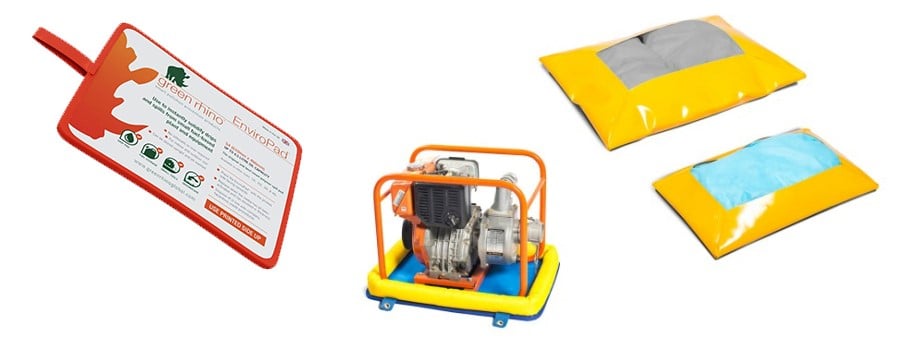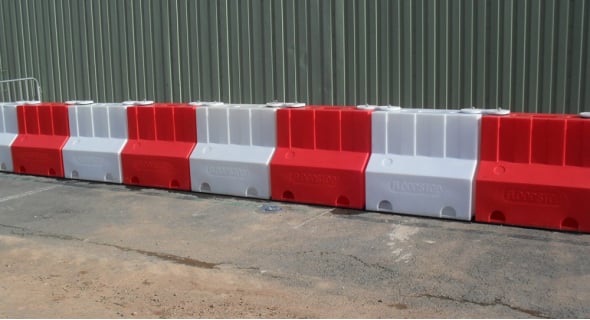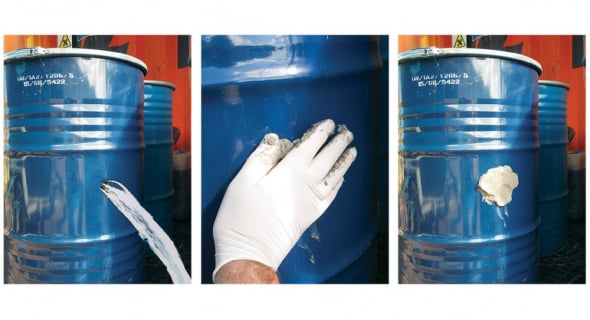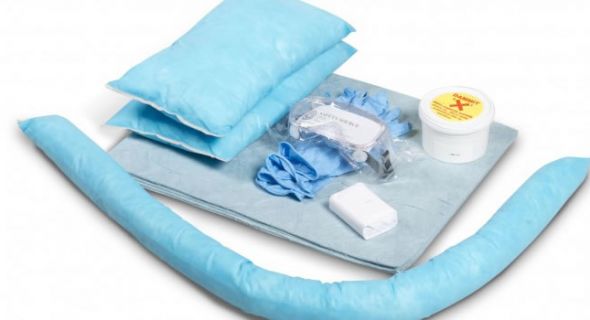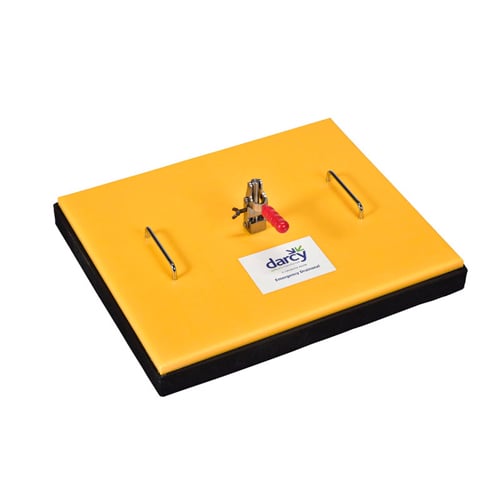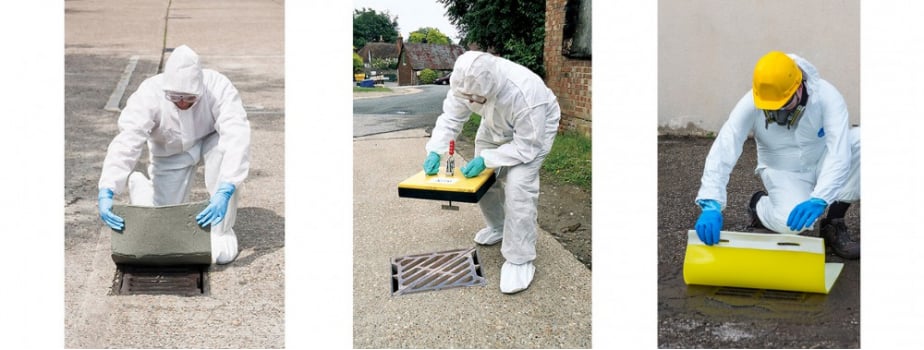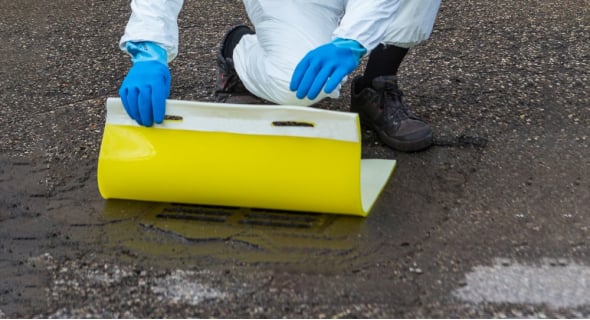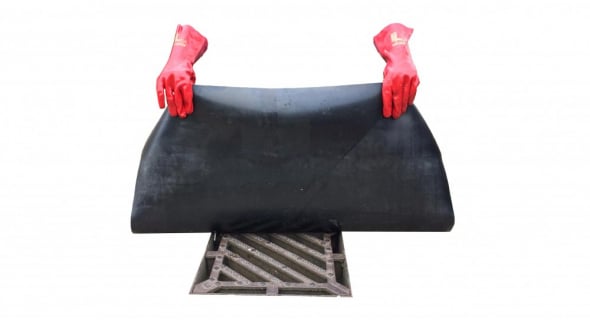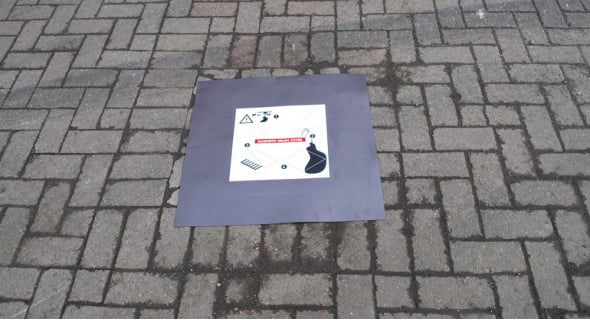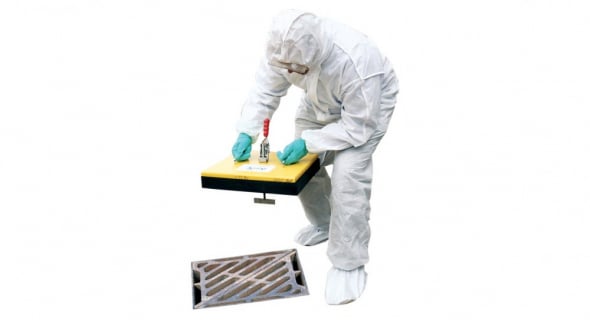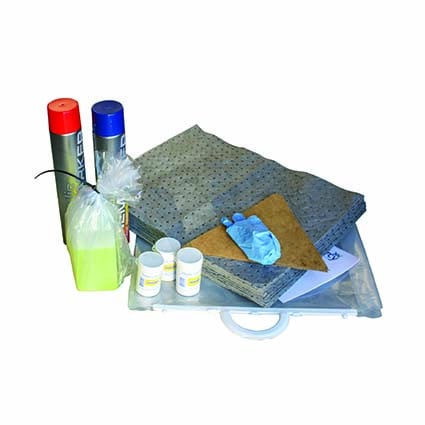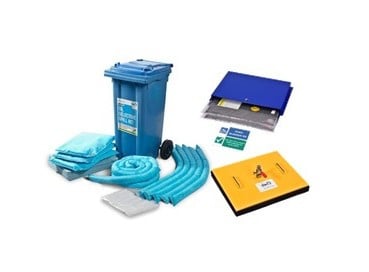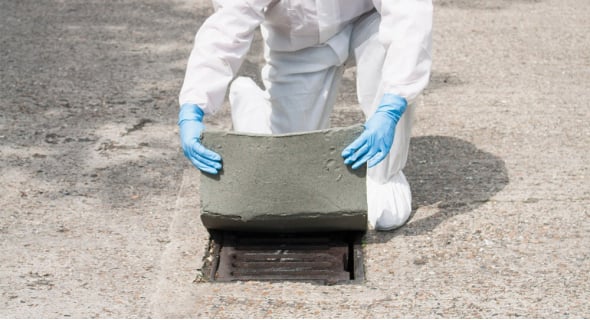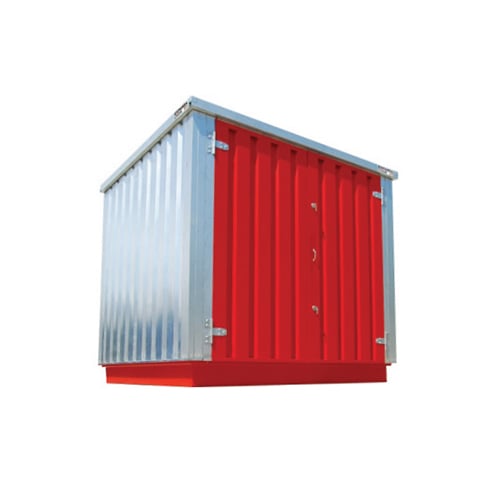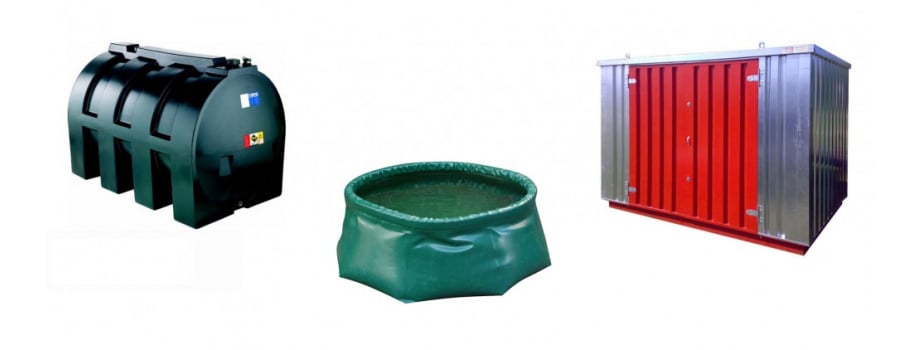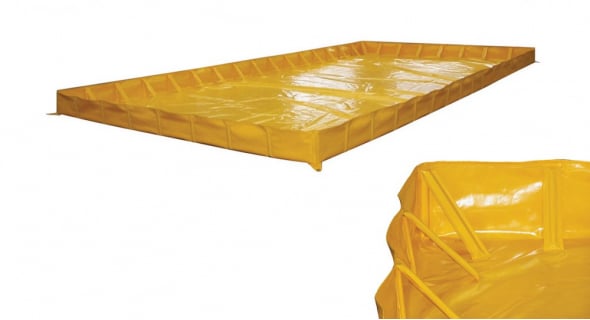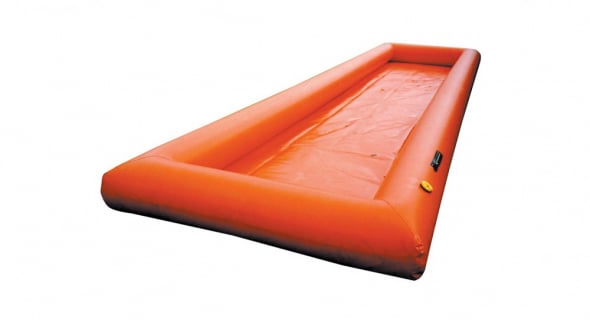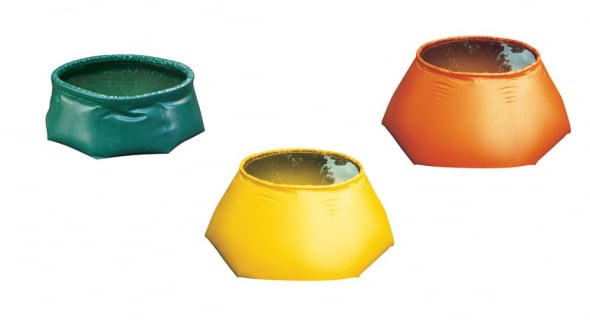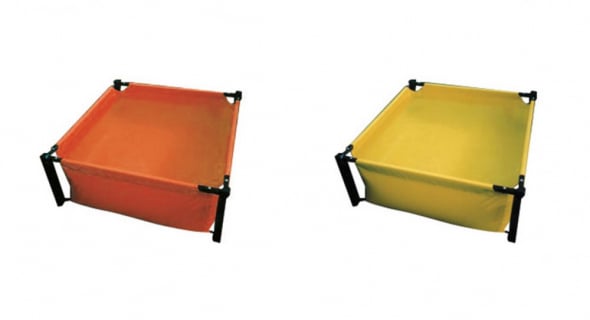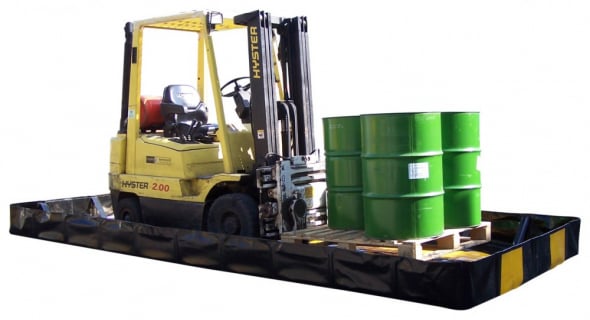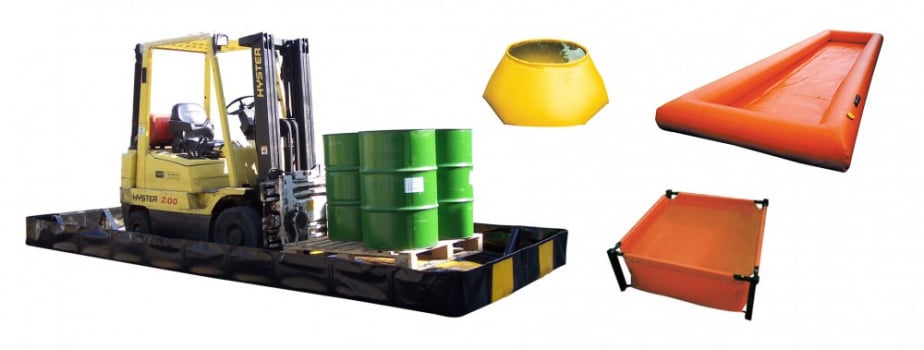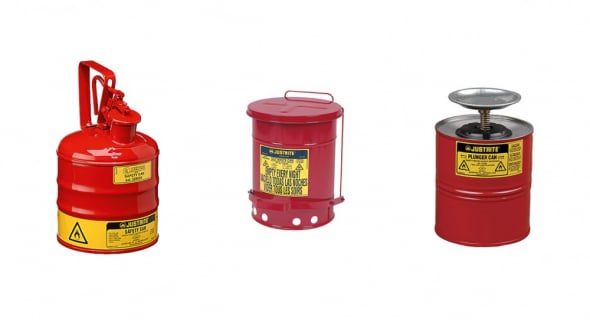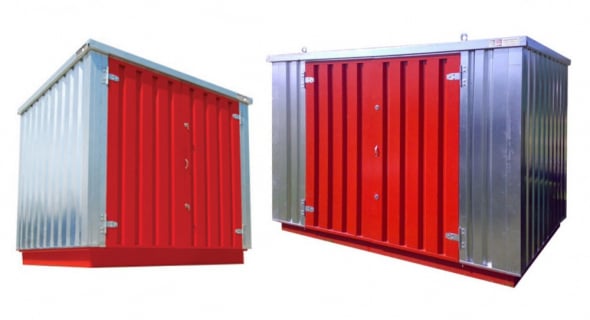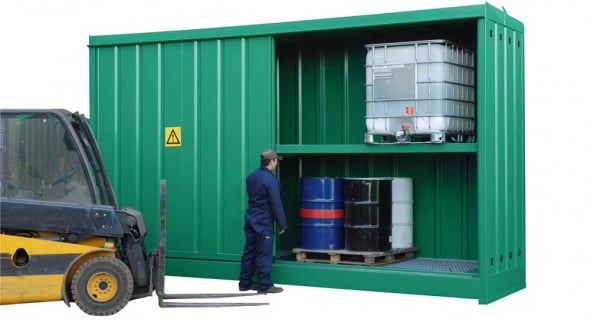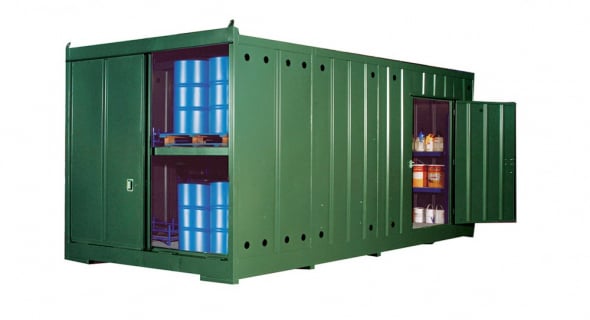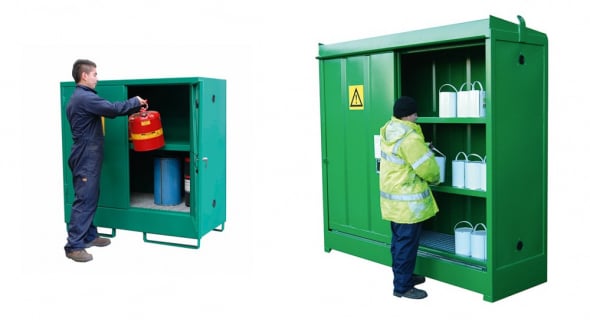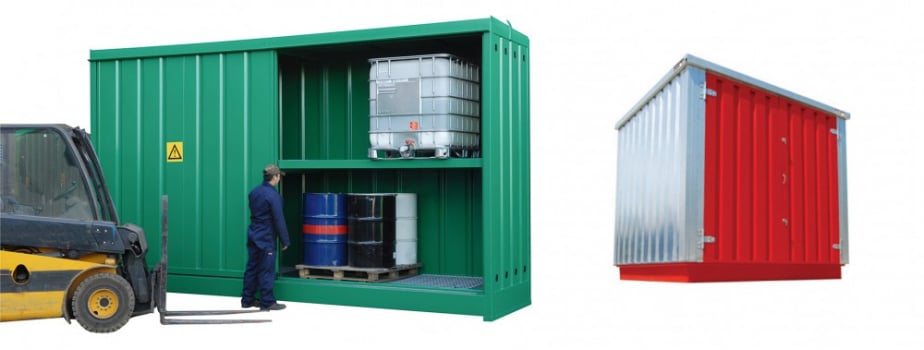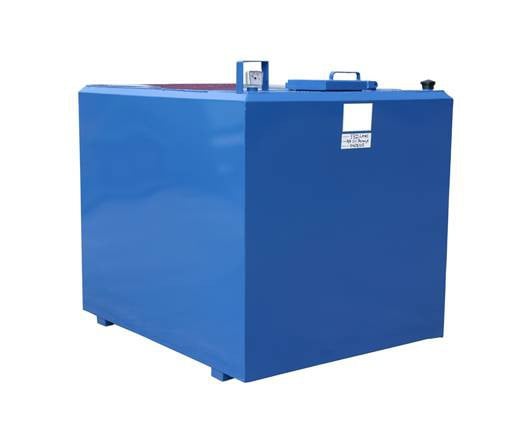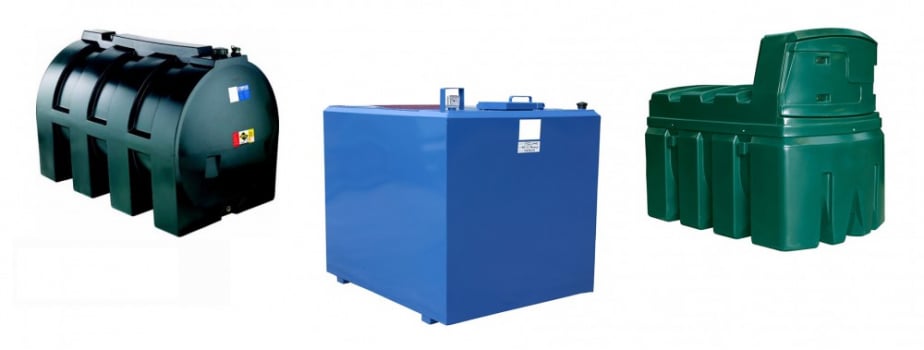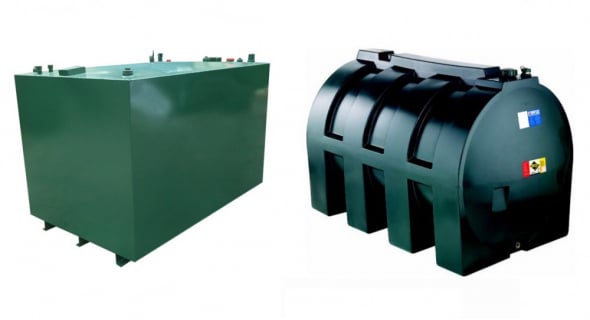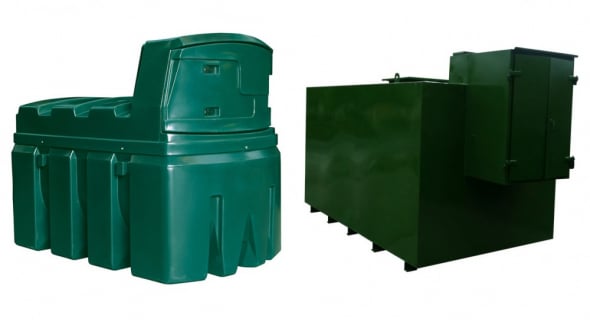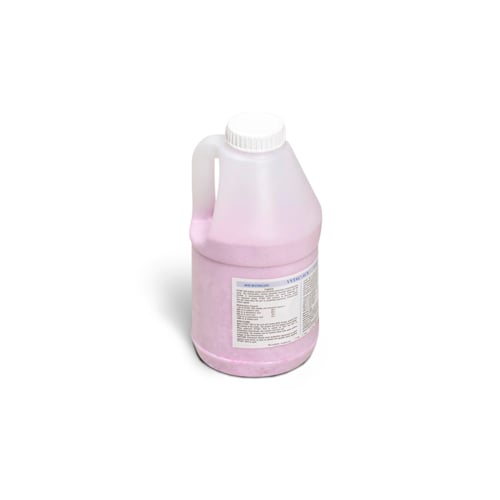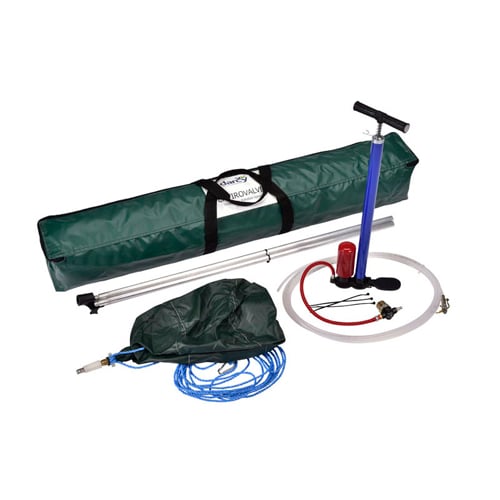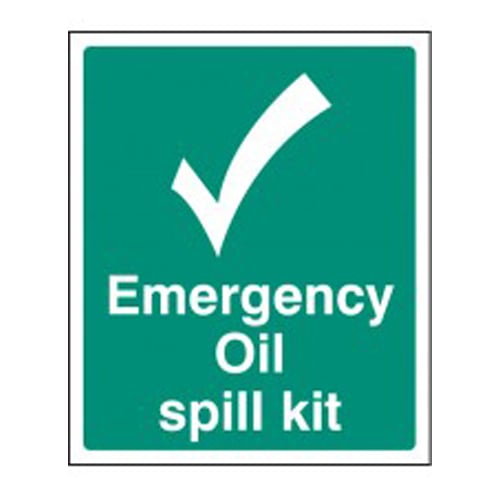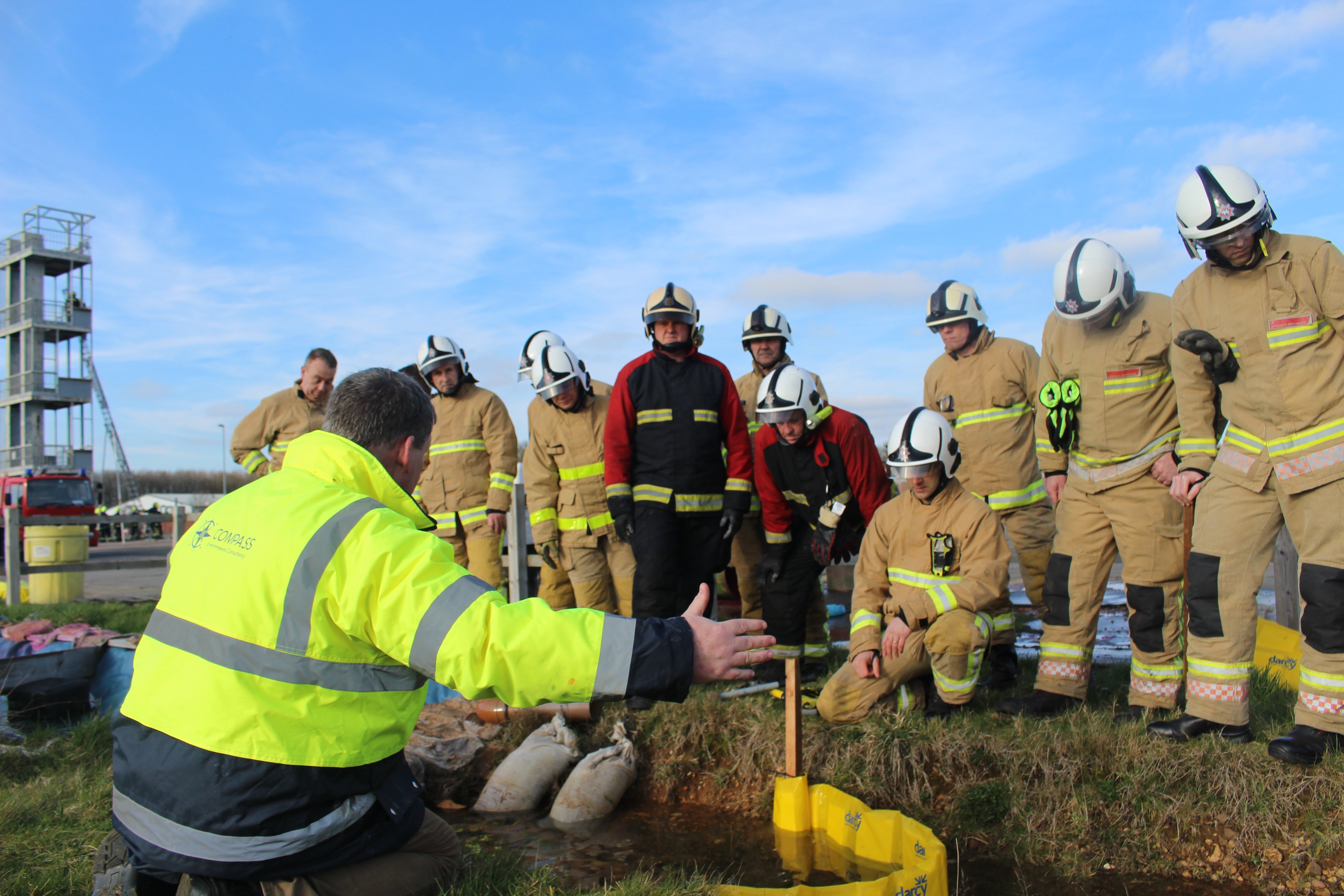
In 2022, three large oil spills, each one releasing over 700 metric tonnes of oil, and four medium spills (7-700 tonnes) were recorded. You think that’s bad? In the 1970s there were often over twenty large oil spills per year. Twenty – that’s almost two per month. Over 3,000,000 tonnes of oil were spilt in one decade alone.
In the 2010s there were 164,000 tonnes of oil lost. That is still a huge amount of oil so we shouldn’t be complacent, but it is a significant improvement.
In this blog post we’re going to look at why there were so many oil spills fifty years ago and what changes have taken place to reduce this. We’re also going to look at the situation now and what steps are taken to mitigate environmental damage caused by oil spills.
A step change in oil spill frequency
Firstly, it’s important to point out that, of course, not all oil spills come from tankers. They can come from other sites such as offshore oil rigs, damaged pipelines, industry, and so on. However, the data is not easily accessible for non-tanker spills, so the data below is specific to tanker spills.
The International Tanker Owners Pollution Federation Limited (ITOPF) records spills from seven metric tonnes. We can see from the chart below that the average number of spills per year in the 1970s was 78.9, the average for the last twelve years or so has been around six:
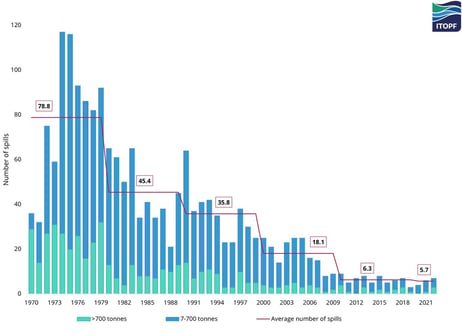
Whilst we’d all prefer this number to be zero, you’d have to agree it’s a significant improvement.
There has also been a 95% reduction in the amount of oil spilt from tanker incidents since the 1970s. For the last three years, the figure stands at 26,000 tonnes:
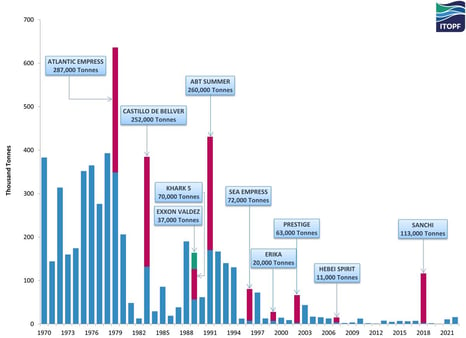
What was the largest oil spill in the world?
The largest global oil spill since 1967 happened in January 1991 during the Gulf war. In an attempt to fend off a UN-coalition navy force, the Iraqi government dumped an estimated 4 million US barrels of oil into the ocean with far reaching environment, socio-economical and political impacts.
The second largest oil spill is one of the most recent disasters, the wellhead blowout on the Deepwater Horizon offshore rig. Eleven people were tragically killed while over 200 million gallons of oil are estimated to have been discharged into the Gulf of Mexico, off the coast of the USA. It’s widely regarded as one of the largest environmental disasters in world history.
What causes oil spills?
The most common cause of large oil spills from tankers is running aground. These incidents represent 32% of large oil tanker spills from 1970 to 2020. Other marine oil spills that take place in rivers, bays, and the ocean tend to be caused by accidents involving tankers, barges, pipelines, refineries, drilling rigs and storage facilities. Smaller spills can also come from recreational boats and in marinas.
Half of large spills occurred in open seas from 1970 to 2019, and more than half of these were the result of ships striking another vessel, running aground, or damaging submerged objects.
Ships navigating inland waterways or in ports and harbours were more likely to experience collisions of these types. A relatively small percentage of incidents occurred as a result of loading and unloading or were caused by hull failures, equipment failures, fires, explosions, or weather-related events.
Browse our products for responding to marine spills
Tanker spills have decreased due to tighter regulations and improved safety standards over the last five decades. This goes hand in hand with technological advances, the innovation of which is due to those more stringent compliance requirements.
While spills have decreased overall, collisions have increased (perhaps as a result of increased vessel traffic), representing the cause of 44% of spills greater than seven tonnes since 2010. Higher than the proportions for previous decades.
On the other hand, spills from pipelines have increased due to ageing, poor maintenance and sabotage – particularly in places such as Arctic Russia, the Niger Delta and the north-western Amazon which are becoming locations for recurring oil pollution. And with oil exploration and extraction moving into increasingly deep water and harsher seas, the potential risk of spills is growing.
The impact of oil spills
When oil spills hit the headlines, what do you usually see? Images of sea birds having oil washed from their feathers, dead fish washing up on the shore and people in waders looking distraught, and rightly so.
The environmental impacts of oil spills can be devastating and long term. Researchers found that the impact of the Gulf oil spill in 1991 was still evident in salt marshes in the region twenty years later.
Depending on the location of the oil spill and the time of year that it occurs, the harmful effects can be seen in marine birds, sea turtles and mammals, fish and shellfish. And then there’s the subsequent impact on the marine ecosystems. A small spill in a local river could kill one swan, or a large spill from a tanker in the ocean could kill or injure thousands of birds, fish, mammals, reptiles, coral and other animals and plants.
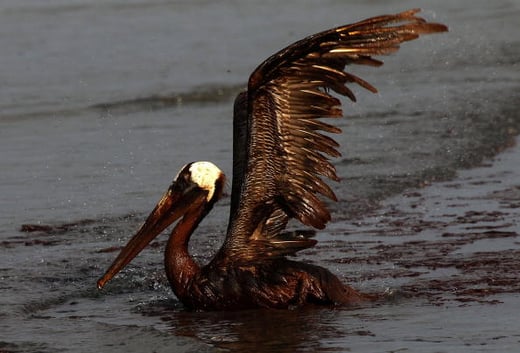
There is also a huge economic impact from oil spills. Fishing bans in oil-polluted waters, like those that occurred for several months off the coast of South Wales after the Sea Empress spill, can have a devastating impact on the local fishing industry. Polluted waters could also impact local tourism with a huge clean-up bill to ensure the area is ready to receive tourists, which many regions rely on as a main source of income.
And let’s not forget the fines. The Milford Haven Port Authority (MHPA) was fined a UK record of £4 million after it pleaded guilty to the offence of causing pollution under the Water Resources Act 1991 following the 1996 Sea Empress oil spill, mentioned above. MHPA also had to pay £825,000 in prosecution costs.
Recent oil spills in the UK
The most recent oil spill in the UK that reached the national press occurred in Poole Harbour, Dorset. Approximately two hundred barrels of oily water leaked into one of the most strictly protected environmental areas in the UK and Europe from a pipeline at the Wytch Farm onshore oilfield. “Where there’s drilling, there’s spilling,” Professor Ian Williams of the University of Southampton told The Guardian.
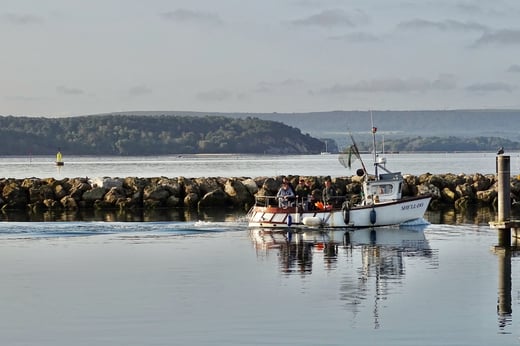
Although the local bird population seems to have come away relatively unscathed, with Poole Harbour Commissioners (PHC) reporting thirty “slightly oiled” birds spotted, there is concern over the long-term impact on the local environment. Shellfish producers in the locality have been advised to stop sales because of the possibility of contamination from the oil. People were advised against recreational use of the beaches or water in the Poole Harbour area, including swimming, water sports and angling. Dog walkers were also affected with members of the public also advised to keep pets away from the water.
A press release from PHC on 19th April 2023, states that so far over three hundred bags of oil and contaminated materials had been collected from the beaches as well as 417,000 litres of oil and oily water collected to tankers from the area of the spill. At the date of the press release, floating booms were still in place to prevent oil escaping into the wider harbour. There had been no reports of any oil outside of Poole Harbour and no reports of oil outside the contaminated site in Ower Bay since 3rd April.
The Darcy Group provided spillcare products used in the clean-up of Poole Harbour.
From the large scale to everyday small-scale spills
Luckily, these headline-hitting oil spills are not an everyday occurrence. What does happen day in, day out is small-scale industrial spills. And to combat those spills and mitigate any negative consequences you need rapid access to spillcare products and a trained spill response crew.
How to prevent oil spills on your site
Prevention is always better than cure. After all, it’s less expensive to prevent an oil spill than clean one up.
Proper maintenance is key. Ensure you have checks and processes in place to ensure the integrity of any pipelines and storage containers and that any machinery is operating safely.
Correctly store drums and IBCs using bunded storage to prevent the spread of any leaked contents and to ensure your compliance with pollution prevention guidelines and oil storage regulations.
Ensure you have a stock of spillcare equipment ready to go. You’ll need items to contain any spills and materials to absorb the spilled oil so it can be safely disposed of. Having the right spill response kit in place will contain the spill as much as possible and prevent widespread contamination.
.jpeg?width=590&height=320&name=oil-absorbents%20(1).jpeg)
How to clean up oil spills
The response and type of spillcare equipment required will depend on where the spill is. There’s different equipment for different applications. If you have a small oil leak from a piece of equipment like a portable generator, a small plant nappy is going to be sufficient to contain it. However, for a major leak from a pipeline, you’re going to need to bring in the big guns.
Oil spills in the ocean
For ocean oil spills, a combination of spill response methods are used depending on the type and location of the spill – containment, skimming, in-situ burning and dispersing. Depending on the national policy of the country whose waters the spills is within, oil dispersants are may or may not be used. The European Maritime Safety Agency (EMSA) have recently released their latest inventory of national policies regarding the use of oil spill dispersants in the EU Member States 2022. The Darcy Group have previously supplied EMSA with equipment and product training for four key locations that they manage in Europe.
The Darcy Group were proud to have been invited by the Norwegian Coastal Administration to manufacture a bespoke underslung oil dispersant spray system that moved the needle on the existing technology. The STRATUS, manufactured by Ayles Fernie (part of the Darcy Group) can be fitted to any ‘helicopter of opportunity’ with a cargo hook. It was especially designed for hard to access locations in cold temperatures. Read the case study here.
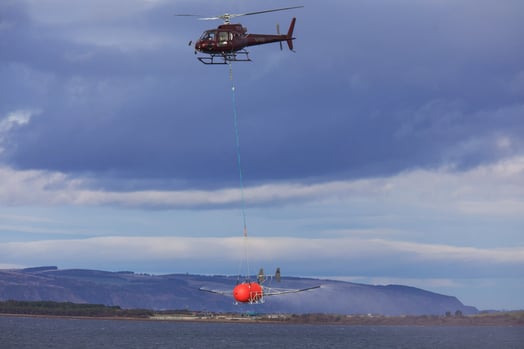
We also supplied a dispersant spray system, and the dispersant itself, to the team involved in removing oil from the FSO Safer in the Yemen. The ship has been decaying in the Red Sea for years amid heightening fears that she will explode or break apart, causing an environmental and humanitarian disaster in the region.
Industrial spills
Within industry, it's vital to have an oil spill kit readily accessible in case of an emergency. Think of them as a first aid kit for oil spills. Spill kits contain everything you need in case of a spill, all in one handy container so you haven’t got to search for anything.
Once the spill is cleaned up, the pollutants will need to be disposed of correctly and safely, following local guidelines.
Spill prevention is at the heart of reducing oil spills in the future. But accidents or sabotage can happen, which is why it’s vital to have trained emergency spill response teams in place with the right equipment to contain and clean up the spill as quickly as possible to mitigate the risks.
Read our latest case studies to see how The Darcy Group is helping companies like yours to reduce their environmental impact and remain compliant.
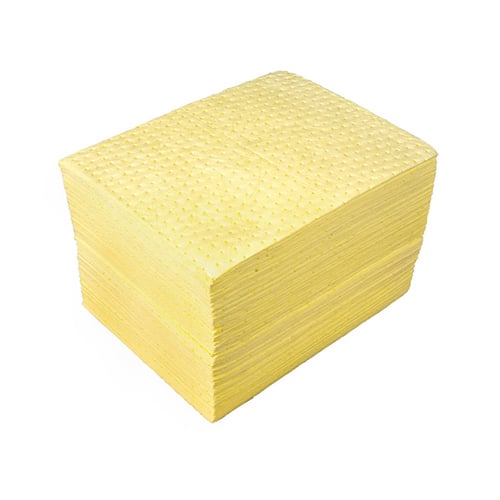
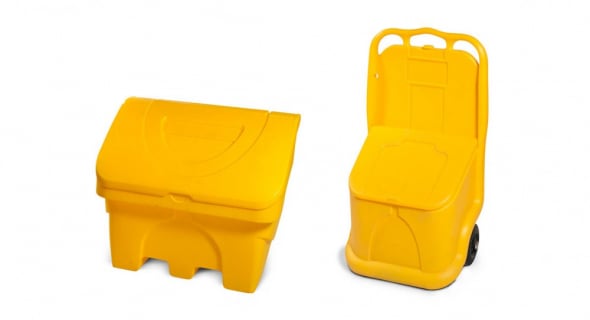
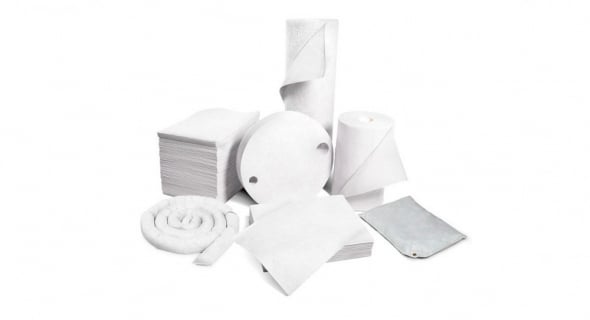


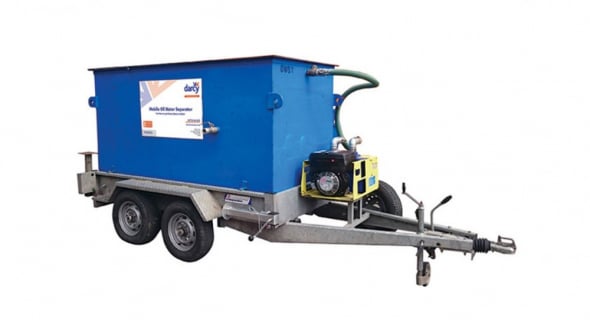
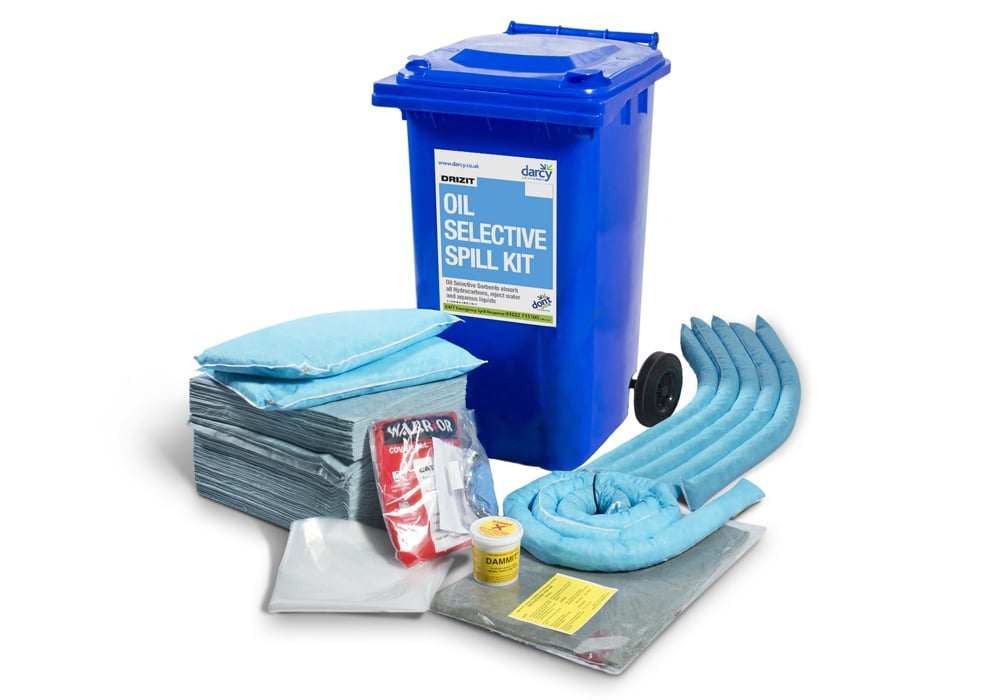
.jpeg)
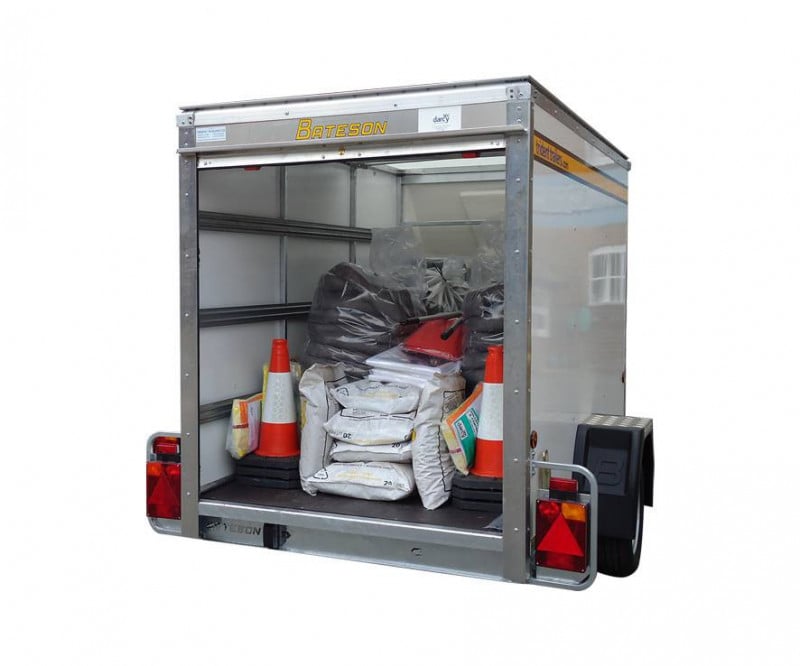
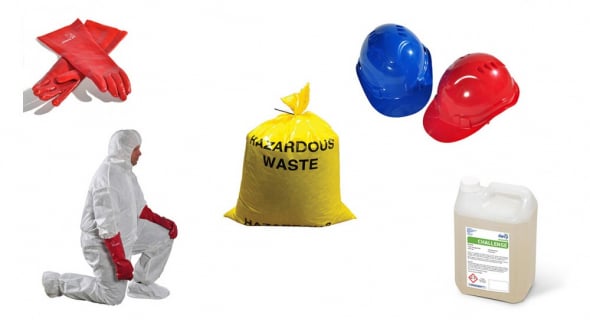
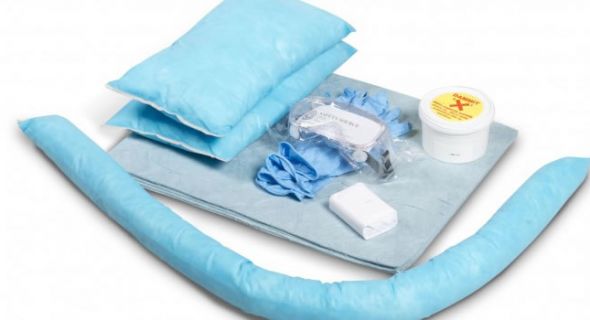
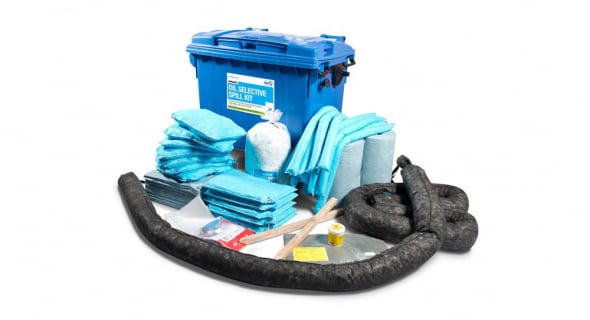
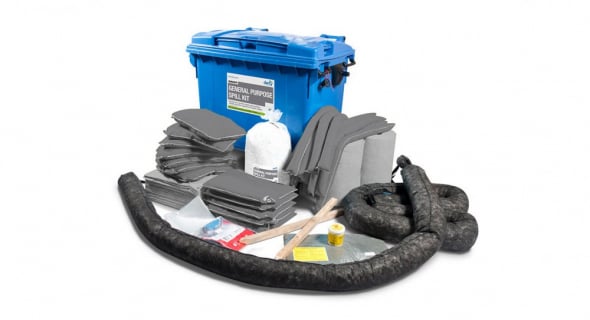
.jpeg)
